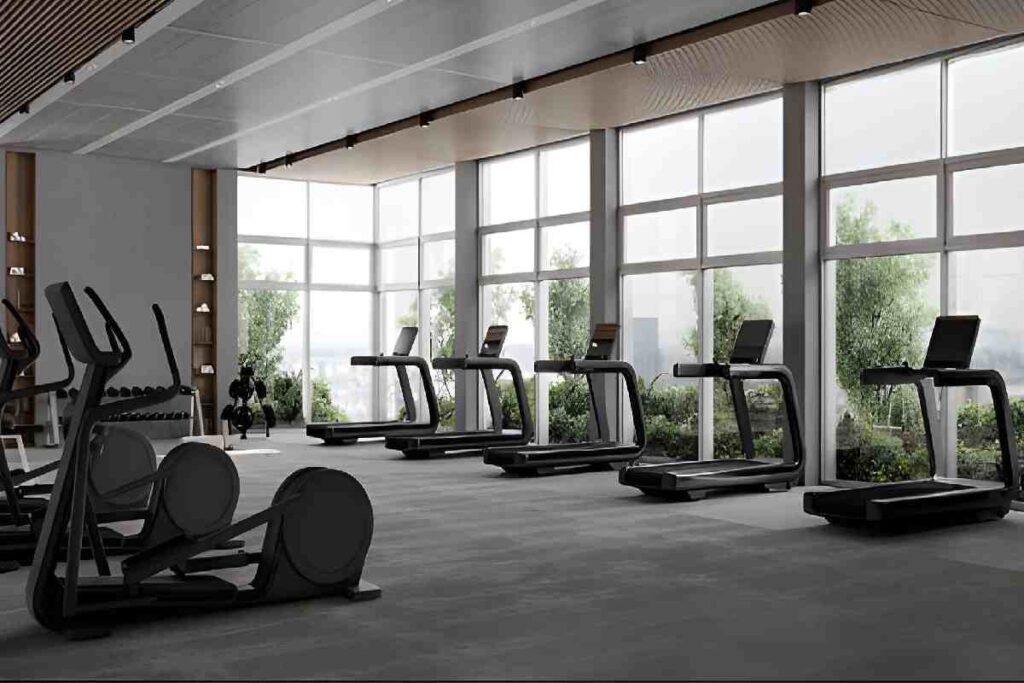What’s Actually Happening When You Slow Down Music
Okay so picture this: you’re taking a song and stretching it out like taffy. Everything gets deeper, slower, more… I don’t know, melancholic? That’s the slowing part.
Then reverb is like—imagine shouting in your bathroom versus shouting in a parking garage. That echo, that space around the sound? That’s what reverb does. It makes everything feel bigger and more atmospheric.
When you mix both Slowed and Reverb together, you get this whole different emotional experience. It’s why you see these versions all over TikTok and YouTube. People aren’t just being trendy (well, some are), but mostly it genuinely transforms how a song hits you.
Why I Even Got Into This Mess
So I was editing a video, right? Had this perfect song lined up, but it was too… energetic? I needed something moodier for the scene I was working on. My buddy’s like, “just slow it down and add some reverb,” acting like it’s the simplest thing in the world.
Spoiler alert: it wasn’t.
First tool I tried made everything sound like it was recorded underwater in a tin can. Second one wanted me to pay $30 for literally one feature. Third one tried to install what I’m pretty sure was malware.
After that nightmare, I decided to actually figure out which tools work and which ones are complete scams.
Tools That Actually Did Something Useful
Stuff You Can Use Without Downloading Anything
Audio Mass
This thing looks like it was designed in 2005, but whatever—it works. Free, runs in your browser, gets the job done. I’ve used it probably twenty times when I just needed something quick.
Yeah, the reverb options are pretty basic. You’re not gonna get some crystal-clear professional sound. But when I’m just messing around with ideas or need something fast? Perfect.
TwistedWave Online
Found this one by accident. Way better control than Audio Mass. You can actually preview what changes sound like before committing, which saved me so much time.
There’s a free version, but you’ll hit the limit fast if you’re doing more than a couple songs. Still, for occasional use, it’s solid.
Actual Programs I Installed
Audacity
Look, everyone talks about Audacity for a reason. It’s free and it just… works?
Here’s literally what I do:
- Drop the song in
- Go to Effect, then Change Tempo (NOT Change Speed—learned that the hard way)
- Usually drop it between 20-30%
- Add reverb from the effects menu
- Mess with the settings until it sounds good
Took me maybe half an hour to figure out the first time. Now I can do it in five minutes. Works on basically any computer too.
FL Studio
If you’re already making music, FL Studio is incredible for this stuff. The reverb sounds way cleaner than free tools, and when you slow things down, it doesn’t turn into a garbled mess as easily.
Downside? Costs money. Not cheap either. But if you’re doing this regularly and care about quality, probably worth it.
Apps I Actually Use on My Phone
Music Speed Changer
Android gang—this app has legitimately saved me multiple times. You can tweak pitch and speed separately, slap on some reverb, and export it without any annoying watermarks.
Is the reverb as good as desktop software? Nah. But for posting something to Instagram or just testing an idea? Works perfectly fine.
Tempo SlowMo
iPhone version of basically the same thing. Cleaner interface than most music apps I’ve tried. Audio holds up pretty well even when you’re slowing things down a lot.
The reverb option is kind of buried in the menus, which annoyed me at first, but once you know where it is, easy.
How to Not Completely Ruin Your Track
This is where most people screw up. They max out every setting and wonder why it sounds like hot garbage.
Start with small changes to the speed. I usually go 20-25% slower first. Listen to that. See how it feels. Going below 30% can make vocals sound really weird unless that’s specifically the vibe you want.
Don’t drown everything in reverb. I made this mistake so many times. A little goes a long way. Add some, listen, add a bit more if you need it. You want atmosphere, not a muddy soup of sound.
Check your volume levels afterward. Slowing stuff down and adding effects changes how loud different parts sound. Sometimes the bass disappears. Sometimes the vocals get way too quiet. Just give it a listen and adjust.
Export in decent quality. After spending all that time getting it to sound good, don’t export it as some crusty low-quality MP3. I go with WAV files or at least 320kbps MP3s.
Settings That Actually Matter
Most slowed and reverb generators have a bunch of options. Here’s what you actually need to pay attention to:
Tempo/Speed: How much you’re slowing it down. Pretty straightforward.
Pitch: Some tools automatically drop the pitch when you slow down (which usually sounds better). Others let you control it separately.
Room Size: How big the reverb space sounds. I usually keep this around 50-70% because bigger isn’t always better.
Reverb Mix: How much reverb versus original sound. I rarely go above 30-40%. Too much and everything just blurs together.
Pre-delay: The gap between the original sound and when reverb kicks in. Adding a tiny bit (10-20ms) can make things sound cleaner.

Mistakes I Made So You Don’t Have To
Going way too hard on everything. My first few attempts sounded like the song was drowning. Turns out, subtle changes often work way better than cranking everything to 100.
Not paying attention to what was already in the song. Some tracks already have reverb baked in. Adding more can make it sound weird and clash with the original production. Now I actually listen closely before deciding what to add.
Only checking on one set of headphones. Something that sounds amazing on my studio headphones sounded awful when I played it in my car. Now I test everything on phone speakers, headphones, and car audio before I’m done.
Ignoring copyright stuff. Real talk—making these for yourself is fine. Posting them online or using them in videos you’re monetizing? That’s different territory. I’m not trying to give legal advice, but be smart about it.
What I Actually Do Now
After trying everything, here’s my actual process:
I throw the track into Audacity because it’s free and reliable. Drop the tempo by 25% using Change Tempo. Listen to make sure it’s hitting right.
Then I add reverb—usually start with default settings and tweak from there. Room size around 60%, mix at 25-30%.
Always listen to the whole thing before exporting. Sometimes certain sections sound off and need fixing. Maybe vocals got too muddy or bass disappeared. Little adjustments make huge differences.
Export as WAV first, then convert to whatever I actually need. Keeps quality high.
When Free Tools Aren’t Enough
Most people? Free tools work fine. But if you’re doing this professionally or want total control over everything, paying for real audio software makes sense.
I’ve worked with producers using fancy plugins like Valhalla VintageVerb. The difference is noticeable—cleaner, deeper, more control.
For serious pitch and tempo stuff, tools like Melodyne are on another level. They handle extreme changes without making everything sound broken.
But honestly, for making tracks for your playlist or posting on social media? Free stuff works great.
Something Nobody Mentions About Quality
Your source audio matters way more than which slowed and reverb generator you use. Like, way more.
If you start with some crusty YouTube rip, no tool on earth will make it sound professional. Garbage in, garbage out.
I always try to find the highest quality version I can. FLAC files are perfect. WAV files work great. Even high-quality MP3s (320kbps) are fine.
The difference becomes super obvious once you start adding effects. Better quality sources just handle processing better and sound cleaner when you’re done.
Why This Sound Isn’t Going Away
The slowed and reverb thing has staying power because it completely changes how music feels emotionally. It’s not just some gimmick that’ll disappear next month.
I’ve taken songs I’ve known forever and experienced them in completely new ways through slowed versions. That sad song? Now it’s absolutely crushing. That hype rap track? Now it’s introspective and haunting.
People keep finding new uses for it too. Study music, chill playlists, background ambience—it keeps expanding into new spaces.
Just Experiment and Find What Works
There’s no single correct way to use a slowed and reverb generator. I’ve heard versions that barely touched the original—maybe 10% slower with light reverb—that sounded incredible. I’ve also heard tracks slowed to half speed with massive reverb that created something completely new and beautiful.
My advice? Just mess around with it. Take a song you love and try different settings. Make five different versions. You’ll start developing instincts for what sounds good.
And honestly, don’t stress about following “rules” too much. Sometimes that muddy, over-processed sound is exactly what you need. Sometimes extreme slowdown creates something unexpectedly amazing.
These tools are just tools. Your ears are what matter. Trust what sounds good to you, and don’t overthink it. That’s the real secret to making good slowed and reverb versions—just experimenting until something clicks.




